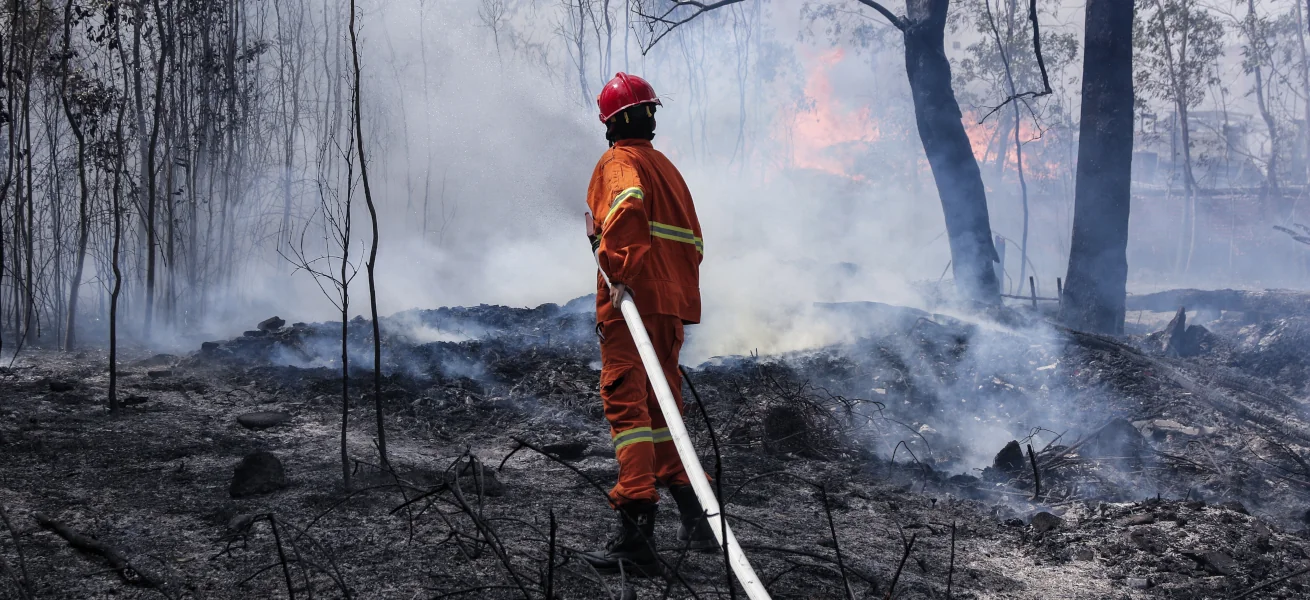
Natural Catastrophes in 2025: Record Global Losses and Growing Climate Risk
The first half of 2025 has proven to be among the costliest ever in terms of economic losses caused by extreme events. According to the latest report published by Swiss Re Institute, total losses reached 143 billion US dollars, of which 135 billion were the result of natural catastrophes and 8 billion from man-made events. This figure is well above the ten-year average of around 106 billion dollars and confirms an ongoing trend of rising costs linked to natural disasters, with annual growth estimated between 5 and 7 percent.
Equally significant is the level of insured losses, which rose to 80 billion dollars, almost double the ten-year average of 47 billion. On the one hand, this indicates a broader diffusion of insurance coverage, which today compensates around 56 percent of total economic damages. On the other hand, it highlights the growing pressure on the insurance industry, which is being forced to cope with increasingly severe risks and events that often present extraordinary characteristics.
The semester was marked in particular by the wildfires in California, which alone caused around 40 billion dollars in damages an unprecedented figure for a single event of this kind. Weather conditions, characterized by prolonged and intense Santa Ana winds, fuelled the rapid spread of the flames, making the emergency particularly devastating. In addition to these fires, the United States was hit by a series of severe thunderstorms, responsible for further substantial losses and marked by high volatility that makes forecasting and preventive planning extremely difficult.
The picture was different in Europe and Italy, where the first six months of the year passed with low levels of extreme events and without any episodes comparable to those observed across the Atlantic. However, Swiss Re analysts point out that historically the second half of the year accounts for about 60 percent of insured losses from natural catastrophes, largely due to the Atlantic hurricane season and the intensification of extreme weather phenomena during the summer and autumn. As a result, the outlook remains highly uncertain, and there is a strong possibility that 2025 could close with losses exceeding initial projections.
The report once again underlines how climate change, the expansion of urbanization into vulnerable areas, and the rising value of exposed assets are transforming natural catastrophes from exceptional events into structural drivers of global risk. For businesses, investors, and the insurance sector, this means the need to increasingly integrate climate risk management into their strategies and prepare for growing volatility. The first half of 2025 therefore represents yet another wake up call, and the second half of the year will be decisive in determining whether we are facing a new all time record for global losses.
Contact us




